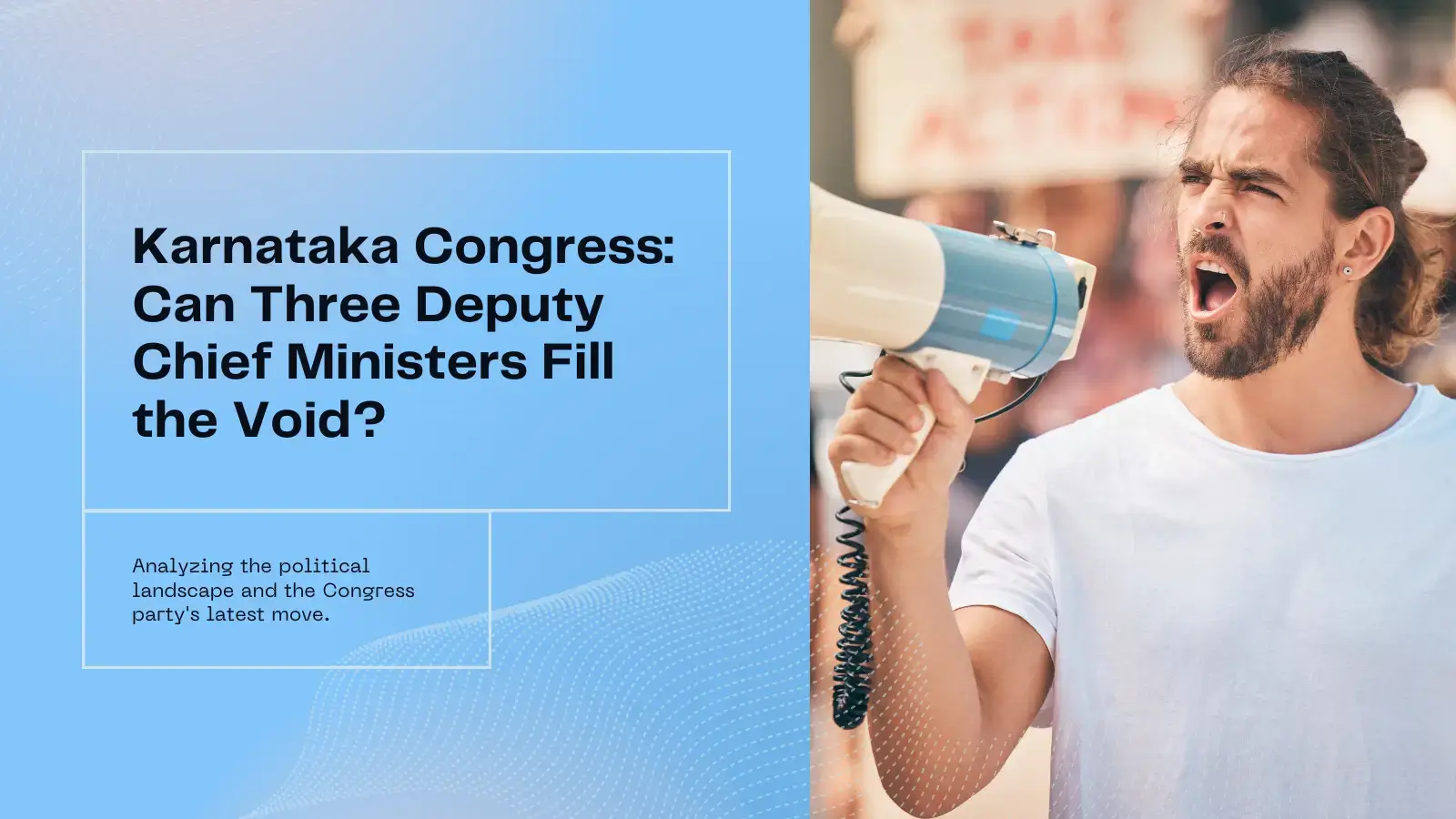Union Home Minister Rajnath Singh’s visit to Karnataka today, January 12th, 2024, has stirred the political cauldron and ignited the hopes of many in the state. Whispers of Karnataka’s vibrant tableau finally gracing the prestigious Republic Day parade soundtrack the visit, adding a layer of anticipation to the proceedings.
Singh’s Itinerary is packed. He will address a public rally, meet with party leaders, and hold strategic discussions with state officials. But it’s the potential inclusion of Karnataka’s tableau in the national spectacle that has captured the imagination of the people.
For years, Karnataka has felt slighted, its rich cultural tapestry absent from the Republic Day procession. Neighboring states have showcased their heritage on the world stage, leaving Karnataka, with its ancient temples, verdant landscapes, and diverse traditions, on the sidelines. This year, however, a ray of hope peeks through.
Chief Minister Siddaramaiah’s recent letter to Singh, requesting the tableau’s inclusion, resonated with a state yearning for recognition. The letter, citing Karnataka’s contributions to science, technology, and the armed forces, struck a chord with many, reigniting the desire to see their state represented on the national platform.
Singh’s visit, coinciding with this renewed hope, carries the weight of expectation. His past statements of inclusivity and cultural appreciation raise optimism. In December, he spoke at the Kannada Sahitya Sammelan, acknowledging Karnataka’s unique identity and contributions to India’s literary landscape. This visit, then, holds the promise of translating words into action.
Beyond the symbolism of the tableau, Singh’s visit also presents an opportunity to address pressing concerns. The border dispute with Maharashtra, the ongoing farmer agitation, and the need for increased infrastructure investment will undoubtedly find space in conversations. The Home Minister’s presence offers a platform for dialogue and potential solutions.
However, amidst the hopeful anticipation, whispers of political manoeuvring also run in the corridors of power. The upcoming Karnataka state elections cast a long shadow, and Singh’s visit could be seen as a strategic move to woo voters.
The Congress party, with Siddaramaiah leading the charge, will strive to capitalize on the tableau issue, presenting its inclusion as a victory for the state and their own political agenda. The BJP, in turn, will try to navigate the terrain, balancing the sentiment of inclusion with their own political calculus.
Regardless of the political machinations, the people of Karnataka remain largely unified in their desire to see their state shine on the Republic Day stage. The tableau, for them, transcends political gamesmanship, embodying a deep-seated pride in their heritage and a longing for national recognition.
Singh’s visit, then, becomes a microcosm of the Indian experience. It’s a story of aspirations intertwined with political realities, of hopes pinned on symbolism and the yearning for inclusivity. It’s a story that will unfold in the days to come, culminating in the grand spectacle of the Republic Day parade, where the answer to Karnataka’s tableau conundrum will finally be written, not just on paper, but on the canvas of national consciousness.
But beyond the immediate outcome, Rajnath Singh’s visit serves as a reminder that India’s diverse tapestry is its greatest strength. It’s a tapestry woven from countless threads, each representing a unique state, a vibrant culture, and a shared dream of unity in diversity. And if Karnataka’s tableau finds its place under the January sun, it will be a testament to the power of that dream, a celebration of inclusivity, and a reaffirmation of India’s rich, multifaceted identity.






